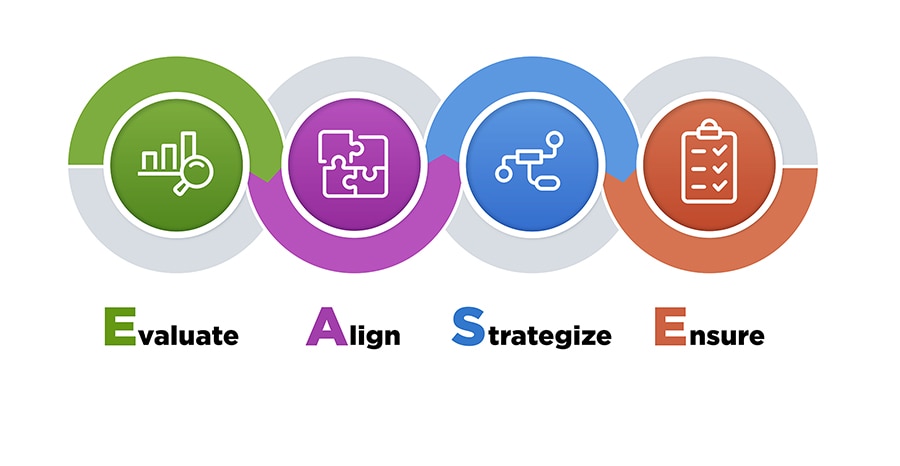Structure Your Program For Success
- Overview
- Survey
- Structure
- Strategize
- Sustain
Determining the resources needed to ensure the success of your program is an important first step. Infrastructure consists of the personnel and processes that are available to support the program.
The following are examples of personnel who may make significant contributions to a urine culture stewardship initiative and could be considered for an implementation team.
Senior leaders:
Determine organizational goals and are responsible for allocating resources to achieve success.
Initiative champions:
Those who are concerned about catheter-associated urinary tract infection (CAUTI) rates, appropriate treatment of CAUTIs, or antibiotic stewardship.
Infection preventionist (IP):
Provide expertise in many aspects of program implementation and monitoring.
Laboratory services leader:
Provide information about the numbers of cultures collected, adherence to collection processes, and numbers of cultures that are contaminated when collected.
Antibiotic stewardship team members and/Pharmacists:
Assist in determining the appropriateness of urine culture treatment.
Informaticians and Information Technology specialists:
Assist the team in collecting data about patients for whom urine cultures are ordered.

Evaluate your organization’s practices and outcomes.
- Obtain baseline measures.
- Determine if any current initiatives are ongoing.
- Provide resources (human and technical) to obtain and analyze data in a meaningful way

Align the project goals with organizational objectives including patient safety initiatives, financial, or antibiotic stewardship goals.
- Senior leaders, physician, nursing and laboratory champions should share a vision for ensuring appropriate use of urine cultures.
- Define program goals.

Strategize and determine what components of urine culture stewardship your organization wants to implement.
- Develop algorithms to guide clinical decisions
- Develop processes that simplify implementation of guidelines such as automating certain processes
- Develop methods that help ideas catch on
- Identify triggers for action

Ensure success by monitoring outcomes and adjusting program as needed.
- Determine methods to audit processes and provide feedback.
- Regularly monitor performance measures.
- Adjust program initiatives based audits and monitoring results.
